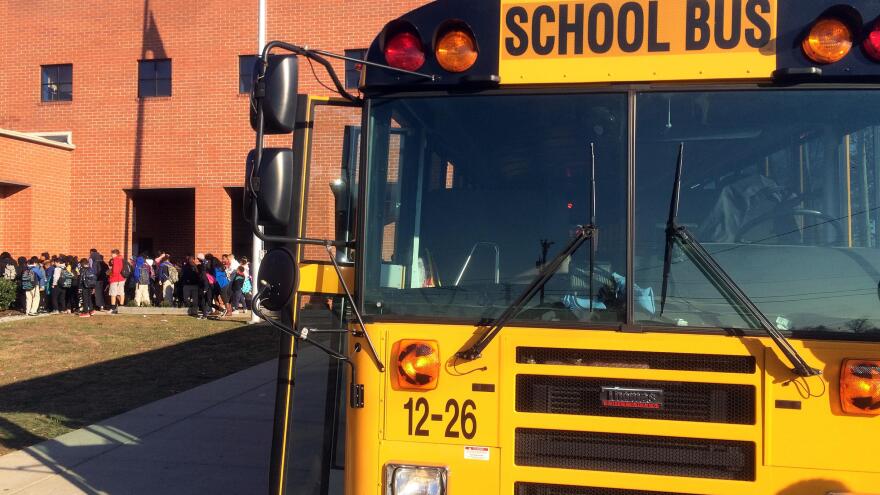By Howard Fischer
Capitol Media Services
PHOENIX -- Arizona schools continue to increase the amount of each dollars they spend on instruction.
But it's still less than in 2001 when the state began to monitor this metric.
A new report Monday finds the average school system was spending 54.9% of its cash on instruction last academic year. That includes teachers, aides, substitutes, general instructional supplies, field trips and athletics.
By contrast, that figure dropped as low as 53.5% in the 2015-2016 school years.
At the other extreme, instructional spending was as high as 58.6% in the early 2000s. And it was 57.7% when the state first ran the report.
That 54.9% figure, however, does not paint the whole picture.
Student support, consisting of counselors, audiologists, speech pathologist, nurses, social workers and attendance services ate up another 8.7%, And there was 5.7% for instructional support, defined as librarians, teacher training, curriculum development and instruction-related technology services.
All totaled, according to the report from Auditor General Lindsey Perry, that makes total classroom spending 69.3% of every dollar received.
What's left includes 10.2% for administration. That includes superintendents, principals business manages and other staff who do everything from accounting to payroll.
Schools also spent an average of 11.5% on building maintenance, equipment repair and the costs to heat and cool buildings.
There also was 4.7% for food service and 4.3% for the cost of operating the school bus fleet.
Perry noted that the percentage of spending on instruction and students support, on average, has increased in the past five years. At the same time, schools are spending less of each dollar on food services, plant operations and transportation.
Administrative costs, however, as a percentage of total dollars, has remained the same over the past few years.
Perry did find that, overall, Arizona schools spend a lot less than the national average, at $9,136 per student this past school year compared with $12,652. And that national figure actually is two years older but is what was available to state auditors.
That reflects in the individual categories.
Arizona spends an average of $5,016 per student in instruction versus $7,676 nationally. And districts spend an average of $936 per student in administrative costs; the national figure is $1,423.
The report also details the increase in average teacher salaries, much of that fueled by the program announced by Gov. Doug Ducey in 2018 to raise pay by 20% over a four-year period.
But Perry said this has fallen short.
By last year, according to the schedule the governor announced, average pay should have gone up by 15%. The actual increase was just 13.3%.
The report points out that while school districts were provided the cash with the intent of increasing teacher salaries, there was no actual requirement in the law. Instead, districts had the option of using the cash for other expenses.
And there's something else.
Perry noted that the cash wad distributed to school districts based on the number of students, not on how much each individual district would need to actually give each teacher the targeted salary increase.
So some districts with more experienced -- and higher paid -- teachers got less than what would have provided a 15% increase while other districts got more.
And Perry can't say whether salaries will go up by that full promised 20% when this school year's numbers are taken into account.
Perry also found that the average classroom size -- the number of students per teacher, remains at 18 for the second year in a row. But it still is less than the 18.5 figure from the 2016-2017 school year.
The report also contains some other findings.
In general, she said, the districts that get the most dollars into the classroom are more efficient. Practices range from limiting overtime to implementing energy conservation plans and closing schools when necessary.
She also said the most efficient districts monitor food prices for school meals and maximize the use of free food provided by the U.S. Department of Agriculture.





